
Did you know that there’s an entire genre of lenses that are designed to cover basically every focal length you could possibly need? They start wide, usually 24mm or 28mm, and go all the way past telephoto, often to 200mm and beyond. They’re called superzooms, or all-in-one lenses.
So why isn’t everyone using these highly versatile lenses? Well, historically they’ve been terrible. Sony’s FE 24-240mm f/3.5-6.3 OSS lens is notoriously soft and slow, but other superzoom lenses made in the 2010s and more recently are actually very good.
Tamron has long led the superzoom category, but there are some new offerings from Canon and Nikon that fill the same niche. Likewise, the 2x crop on Micro Four Thirds cameras lends itself to telephoto lenses, so there are some very tempting options for people with these systems as well.
Input may receive a portion of sales if you purchase a product through a link in this article. We only include products that have been independently selected by Input's editorial team.
The lenses
Best canon superzoom lenses
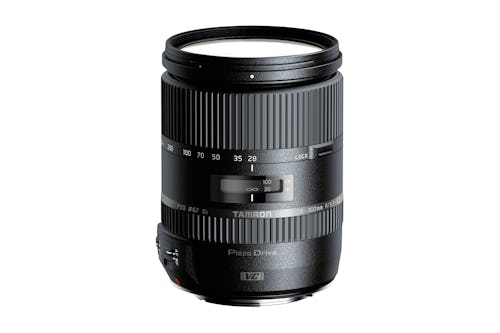
This Tamron 28-300mm f/3.5-6.3 Di VC PZD lens is what inspired this guide, and it rules. I use it on my Canon film cameras and my Canon RP (with an adapter), and the image quality is great. This wouldn’t be my first choice for video work, but the focus speed is decent and the image stabilization is top-notch.
Sadly this lens is discontinued, but if you’re a photographer, you should be used to buying lenses on eBay by now. I got mine for around $350, and they’re available in both Canon and Nikon mounts.
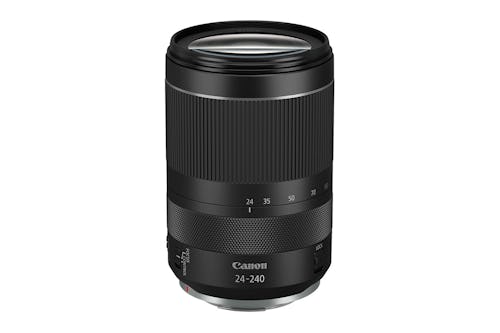
This is Canon’s new all-in-one 24-240mm f/4.5-6.3 IS lens for the RF mount, and though it's still somewhat expensive at $799, it's far more affordable than Canon’s other first-party lenses. Though I would read Dustin Abbot’s review before purchasing, as Canon is using some pretty intense digital tricks to make this lens work at the wide end. Is this a dealbreaker? Not for me, but for some it might be.

There are actually a boatload of superzoom lenses for Canon crop sensors, but I’m going to highlight the humble Tamron 18-200mm F/3.5-6.3 Di-II VC. This is one of Tamron’s most popular lenses, and for good reason — for $250 you get a 28.8-320mm lens with image stabilization. Plus you can still buy this lens brand new, and with an adapter, you could plop this onto an EOS R10 and start superzooming on the ultra-cheap.
Best Nikon superzoom lenses
Unlike Canon, Nikon actually cares about the superzoom lens category. The company has not one, not two, but three first-party superzoom lenses. Here’s how they break down:

The Nikkor Z 24-120mm f/4 S is Nikon’s premium superzoom, as indicated by the “S” in the name. It’s faster than Nikon’s other superzooms, but lacks image stabilization.
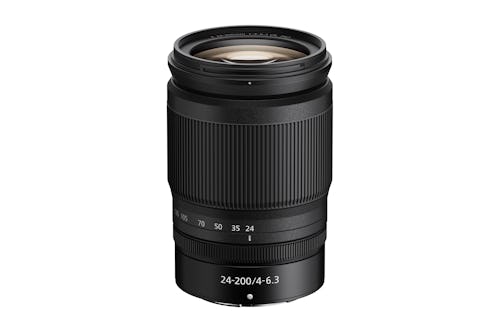
Now this is a superzoom. The Nikkor Z 24-200mm f/4-6.3 VR is a bit slower than Nikon’s 24-120mm, but it gains considerable range on the telephoto end and image stabilization. It’s also a bit more affordable at $896.95 and works on full-frame cameras.
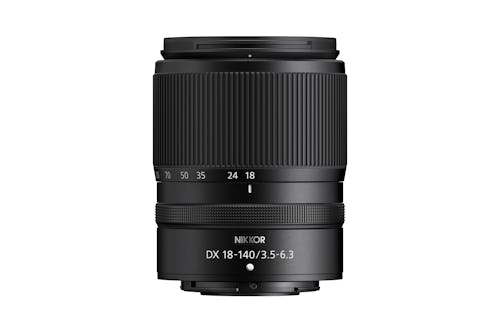
If you’re trying to save space and weight, Nikon’s Nikkor Z DX 18-140mm f/3.5-6.3 VR lens for crop sensor cameras is exactly what you need. This lens has an equivalent focal range of 27-210mm, and includes image stabilization, which you’ll need at the telephoto end.
Best Sony superzoom lenses
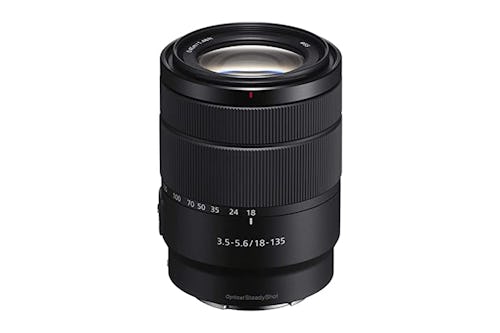
Sony’s new-ish 18-135mm f/3.5-5.6 (27-202.5mm in 35mm equivalent terms) is a really important lens in Sony’s lineup because it replaces the company’s previous “power zoom” 18-105mm lens, which I'll talk more about below.
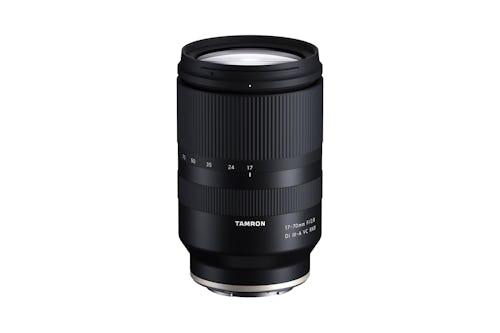
The Tamron 17-70mm f/2.8 Di III-A VC RXD is perhaps the best superzoom lens you can get. It’s wider than most at 17mm (vs 18mm), and has a fast, constant aperture of f/2.8. Unlike Tamron’s full-frame lenses, this lens also includes image stabilization! If you have an APS-C Sony camera, it’s hard to argue with the raw value of this lens.
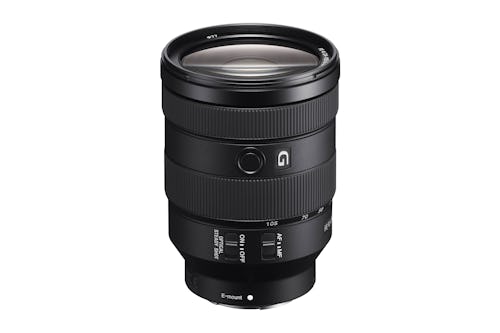
The Sony FE 24-105mm f/4 G OSS is a workhorse lens from Sony with a constant f/4 aperture. It’s pretty expensive at nearly $1,400, even for a full-frame lens, but it does include image stabilization, which Sony’s standard professional zooms lack. Would I buy this over a Tamron lens? No, but it will get the job done.
Best Fujifilm superzoom lenses
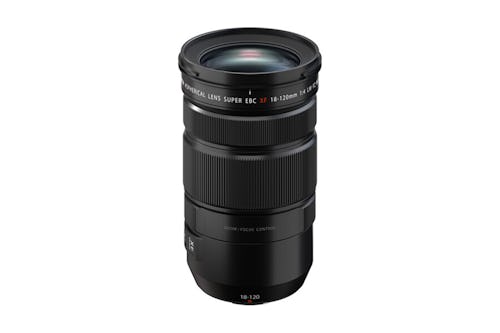
Fuji just announced the XF 18-120mm f/4 LM PZ WR lens back in May, and it’s technically not on the market yet, but it is an absolutely fascinating lens. The company is positioning it for video, touting a collaboration with its Fujinon cine division. It has a power zoom lever, stepless aperture control, internal focusing and zooming, and image stabilization. All things videographers want.
Sony also has a line of power zoom lenses, the most well-known being the 18-105mm f/4. I actually owned two of them because the stills I was getting out of them were so soft that I wondered if I had a defective autofocus system. But once I started shooting video it all made sense; everyone’s skin looked amazing, and the low contrast I was getting in stills translated into very nice-looking video with some small adjustments in post. Was it a great stills lens, though? Absolutely not.
My point is: if you’re primarily shooting stills, it might be a good idea to wait for reviews before ordering.
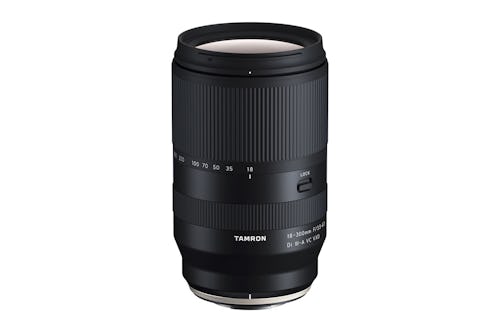
This is the same Tamron 18-300mm lens available for other crop-sensor cameras. The Tamron 18-300mm f/3.5-6.3 Di III-A VC VXD has good image quality, includes image stabilization, and goes from 27-450mm, which is wild.
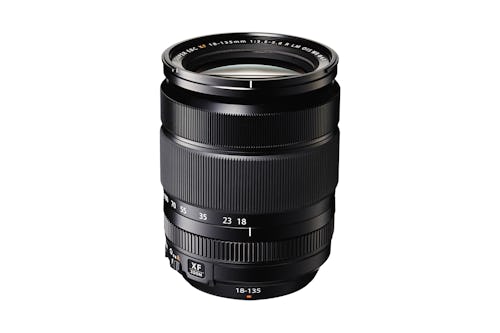
There aren’t many superzooms for the Fuji X mount, but Fujifilm’s XF 18-135mm f/3.5-5.6 R LM OIS WR from 2014 is an alright lens, though for the money you’d be better off with the Tamron. It does include image stabilization and water resistance, which is a nice perk.
Best Micro Four Thirds superzoom lenses
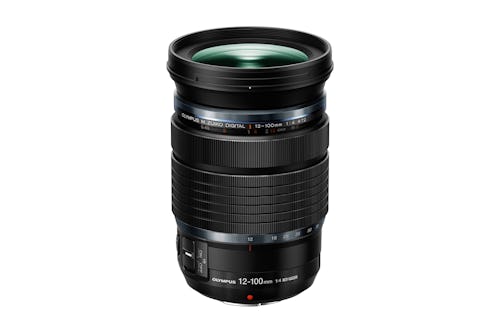
Olympus’ M. Zuiko Digital ED 12-100mm f/4 IS PRO (24-200mm) lens is nice. It has image stabilization, water resistance, and a manual focus clutch (if you know, you know). The problem is, it’s pretty darn expensive at nearly $1,400. Olympus has cheaper models, but they lack image stabilization.
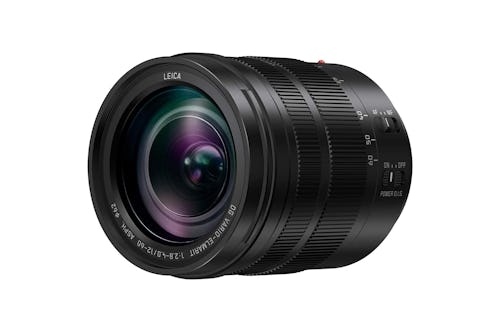
The Panasonic Leica DG Vario-Elmarit 12-60mm f/2.8-4 ASPH POWER O.I.S. lens is a collaboration between Panasonic and Leica, and having personally used it on a Panasonic G9, I can give it a resounding seal of approval. With an equivalent 24mm at the wide end, you can use this for easy selfie videos, and it has that little bit of extra reach at the long end, which is an equivalent 120mm.
It’s pretty bright at f/2.8-4 and the focus is buttery smooth and great for video, but the real underrated feature is image stabilization. I used this lens to shoot the pictures and videos at this Microsoft press event, and I think the results speak for themselves.
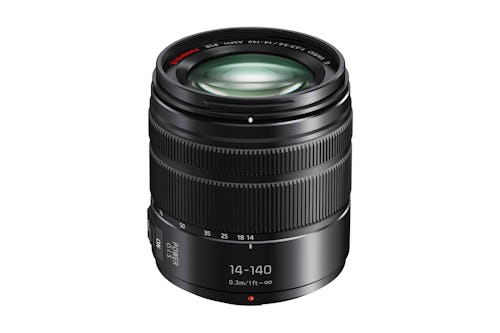
This Lumix G Vario 14-140mm f/3.5-5.6 IIsuperzoom from Panasonic was originally released back in 2013, but was updated in 2019 with water and dust resistance. This lens is generally loved as an all-around lens, with good-enough sharpness and powerful image stabilization.







